Doing what you can already do, plus just a little bit more each and every time (consistently) is one of the safest and most powerful methods to continuously grow and progress toward your goals.
Crisis or Motivation?
We’ve all heard the expression “mid-life crisis,” a term coined by psychoanalyst Elliot Jaques in 1965. It refers to a time in life when an individual reaches roughly half of his or her expected lifetime, and reflects deeply upon life and accomplishments.
We’ve all heard stories of people buying sports cars, having affairs, traveling to far-away places, or following other impulses in an attempt to regain the vigor of youth that has seemingly slipped away.
Though our reactions vary, we all feel the pinch of the mid-life. It’s hard not to when we’re often told we reach our physical prime in our twenties and it’s “all downhill from there.” This sort of thinking is problematic, however.
MOVE IT: A Primer on Motivation and Goal-Setting
Your Strongest Days May Well Be Ahead
In a culture dominated by cubicle dwellers, video game junkies, and sedentary couch potatoes, many of us have never tested the limits of our strength or endurance. We have no idea if our physical best did indeed occur in the past, and if we are now over age forty, it’s hard to believe our physical best may still lie ahead. We have no clue.
While your days on the high school basketball team may seem long ago, and you’re not exactly running marathons every weekend, I’m here to tell you that you have not peaked. Not by a longshot. Your strongest days may well be ahead.
LEARN MORE: Sitting at Your Desk Is Eating Your Muscles
Don’t Fight It – You’re Getting Old
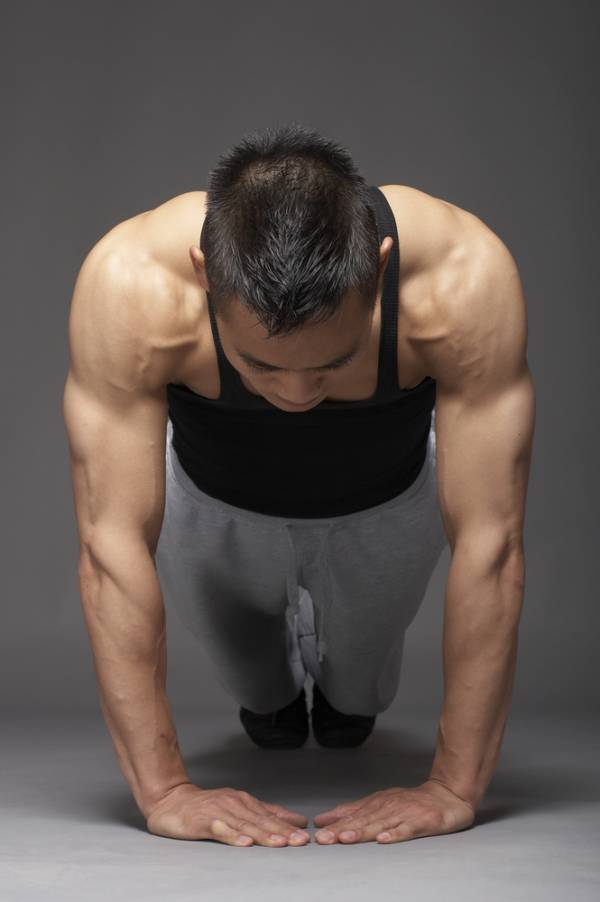 Right before I turned forty I experienced several major life changes almost simultaneously: a girlfriend left suddenly, I got laid off from my job, and a new landlord tried to illegally evict me from my apartment building.
Right before I turned forty I experienced several major life changes almost simultaneously: a girlfriend left suddenly, I got laid off from my job, and a new landlord tried to illegally evict me from my apartment building.
Fast forward another couple years and I began to notice changes in my body. I wasn’t rebounding as quickly from the occasional scrape or low-grade illness and I felt more sluggish in general.
Friends my age told me to shrug it off, that this sort of thing came with age, but that answer didn’t sit right with me. As a lifelong martial artist, I became fixated on fighting back and, luckily for me, I found an answer that has been working.
For the past year and a half I’ve been following a regimen of progressive bodyweight strength training (calisthenics), based on a book called Convict Conditioning (CC for short). I’ll admit the title is a little sketchy and may mislead potential buyers, but the information inside will change your workout perspective, if not your life.
Top 6 Ways to Know You’re a Mature Athlete: An Honest Look at Our Aging Selves
Progressive Calisthenics – Strength Without Equipment
Convict Conditioning (as well as its sequel, Convict Conditioning 2) is a manual on how to gain strength using virtually no equipment at all. Instead, the author promotes progressive calisthenics as the way to get seriously strong.
There are “The Big Six” exercises – pushups, leg lifts, pullups, squats, bridges, and handstand pushups – as well as exercises for developing the grip, the neck, and the calves. Other than a pullup bar and a basketball, virtually no equipment is needed to achieve high levels of strength working creatively with bodyweight alone.
I’ve found the secret to CC is its emphasis on progressive training over time. As a 43-year-old professional I’m not interested in getting injured, and I’m not looking for the promise of quick (and often unsustainable) results overnight.
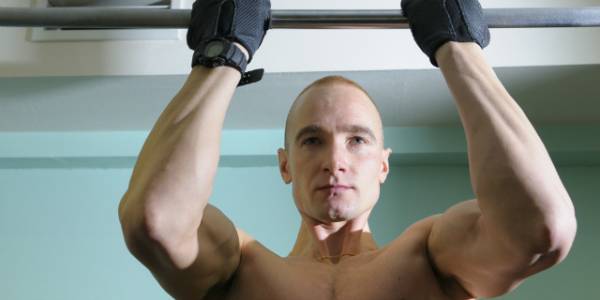
BONUS: 180 Free Bodyweight Workouts!
Do The Time
At its core, progressive training, using this book or any other method, is about taking a particular strength building exercise (like pushups, for example) and scaling it from easy to difficult over many steps.
This method assures that anyone can improve over time, no matter the starting point. Practically speaking, this means beginners can start at a more comfortable place, like wall pushups, while those who are already incredibly strong can work one-arm pushups.
LEARN MORE: Kinetic Analysis of the Push-Up: Which Version Is Hardest?
There are many levels of difficulty in between these points, such as pushups off a desk, pushups from the knees, etc.
The most effective result of this type of approach, in my opinion, is that it greatly minimizes the chance of injury, while allowing slow and consistent gains in strength that are sustainable over time. To me, the best exercise routine is one that provides a clear, consistent, and gradual path to your goals.
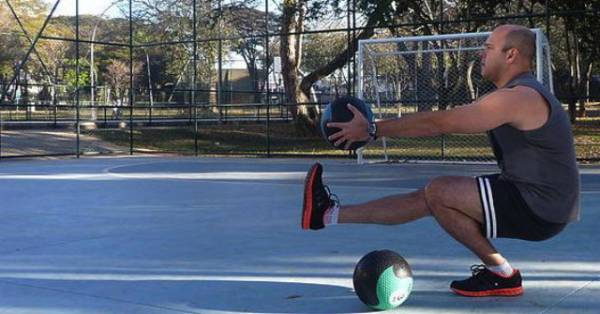
DO MORE: Everything You Need to Know to Do a Perfect Pistol
Look Strong, or Be Strong?
Some may write off Convict Conditioning-style training as another fad, but calisthenics have been around for centuries. Most old-time strongmen are renowned for their feats of strength involving advanced calisthenics and gymnastic movements.
There have been trends in modern times that promote “getting ripped,” or developing “washboard abs.” I’ve noticed that while the allure of looking good may never go away, the desire to simply look strong is gradually being replaced by a desire to actually be strong.
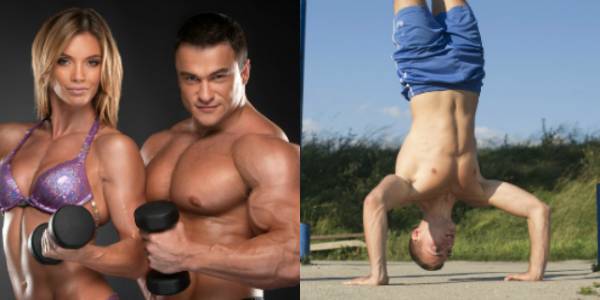
Lofty Goals, Clear Path
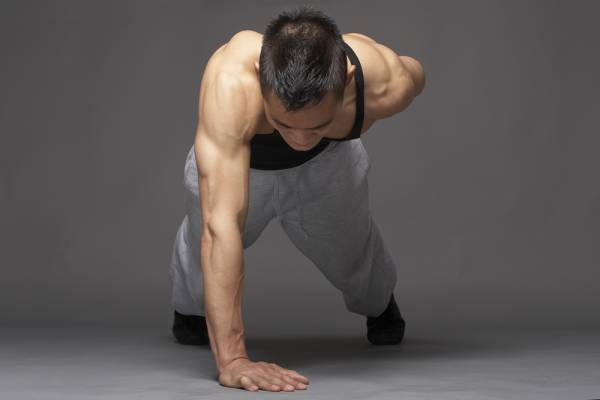 Admittedly, it takes a certain kind of individual to get into this sort of exercise routine. I started blogging about my experience with Convict Conditioning as a means to keep myself motivated and accountable.
Admittedly, it takes a certain kind of individual to get into this sort of exercise routine. I started blogging about my experience with Convict Conditioning as a means to keep myself motivated and accountable.
Many of my readers are attracted to the minimalist mindset and to the extreme difficulty of the goals the author sets out as ultimate challenges to achieve over time: the one arm pushup, one arm pullup, and one arm handstand pushup.
I also find that many people who are attracted to this concept of minimalist, austere, and often solitary training are in their late thirties and forties. For many, like me, a light bulb went off in their head – an indication that it’s now or never to discover how strong they can be, and, in some cases, how strong they will ever be.
It’s an opportunity to bulletproof their bodies against the effects of growing older as they face the inevitable, albeit gradual, decline in physical ability – all while guarding judiciously against injury.
FIX WHAT AILS YOU: The Dynamic Duo of Shoulder Impingement
What Can You Accomplish?
Read our reviews of “Convict Conditioning” and “Convict Conditioning 2.”
Photos courtesy of Shutterstock.






